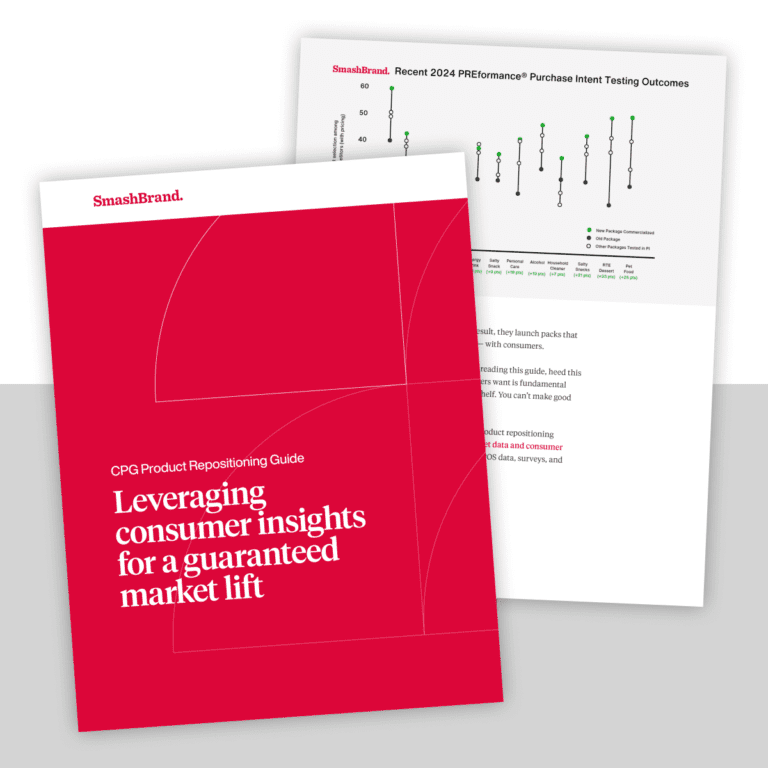Now that our communications are primarily digital, we tend not to give paper quality a thought unless we’re helping a bride select the optimum grade for wedding invitations, in which case we suggest clamping up and agreeing to whatever she decides, even if it is cotton paper naturally derived from the finest quality hundred-dollar bills.
However, you will want to exercise slightly more thrift when choosing the paper for your packaging labels. You will also want to consider many other factors, such as how your package must be stored and how your product is used, in addition to the innumerable marketing considerations.
Of course, there is no need to get married to the idea of paper labels; there are certain package applications where other labeling options are more appropriate, such as products that will likely be submerged in water. But paper labels have the advantage of running the gamut between highly efficient and 21st century to general store folksy. And if its one thing you want in a label, its excitement.
Now, there are many products for which paper labels should never be used, but if your product isn’t a shampoo or shower gel, go right ahead and investigate the thrilling world of paper labeling options for your package. Adhesives! Laminates! Semi-gloss! Thermal resistance! UV varnishes! See? And you thought labeling classifications would be boring.
Rigid or flexible?
The type of label you choose for your product will depend upon whether the product package is rigid (a bottle, jar, can, box, etc.) or flexible (bag, vacuum pack). You don’t want your label to buckle from the package’s unstable shape, so you will most likely want to choose a label type with exceptional burst and tear strength. Of course, you must anticipate how the consumer will use your product packaging. Suppose your product uses flexible packaging that is designed for use throughout the product’s lifespan. In that case, the label durability must be higher than for a package discarded relatively soon after purchase.
Rigid packaging has its own set of label challenges. What will the label have to endure apart from what you want your label to look like? Is your food product meant to be refrigerated after opening? Will the label withstand the drastic temperature changes of being in a refrigerated environment followed by a room temperature environment and back again?
Paper or plastic?
Environmental considerations aside, what’s really better for your product: paper or plastic labels? Plastic shrink film sleeves offer many advantages over paper, including plenty of space for brand identification, durability, tamper protection and multi-dimensional coverage. Paper labels, however, have the distinct advantage of being considerably cheaper than plastic labels, which may seem like a cold comfort, but believe us, when you find yourself mired in all of the foreseen and unforeseen expenses of product manufacture and marketing, you might find yourself considering simply grabbing a crayon and writing out the label information by hand.
Cut and stack or pressure-sensitive labels?
Cut and stack labels are synthetic or paper labels that are printed with your logo and product information, cut and delivered to you. These labels are roughly one-third of the cost of pressure-sensitive labels, so they are quite popular. However, it is up to you to feed the labels into your labeling magazine and apply the adhesive solution, which might mitigate the cheapness factor a bit.
Another option is the pressure-sensitive adhesive label, which can come in either paper or plastic film. These are, essentially, stickers that don’t require heat or water activation to adhere to the package. They are exceptionally good for clear bottles or jars, since they can offer better quality duel-sided printing options than cut and stack labels. Pressure-sensitive labels are also good for malleable packages, such as squeeze bottles.
Labeling choices are so specific to the particular product and the packaging that it is quite difficult to delineate all the appropriate options. We’ve only covered a fraction of the considerations that will have to be taken into account when choosing labeling materials; we haven’t even touched on die-cutting, substrates, lamination, embossing, environmental considerations, foil and hot stamping and tons of other factors that are, quite frankly, giving us a headache.
Data-Driven Brand Development
Want a best-selling brand? SmashBrand is a brand development firm for FMCG and CPG companies. From brand strategy to packaging design testing, our Path To Performance™ process guarantees a retail performance lift. Book a time to discuss your project with our team.
Subscribe to
Nice Package.
SmashBrand’s Nice Package: Stay current with our latest insights
Free Resource.

CPG product repositioning guide.
Explore the five undeniable signs your CPG product needs repositioning along with strategies for leveraging consumer insights for a guaranteed market lift.
Download Whitepaper About CPG product repositioning guide.